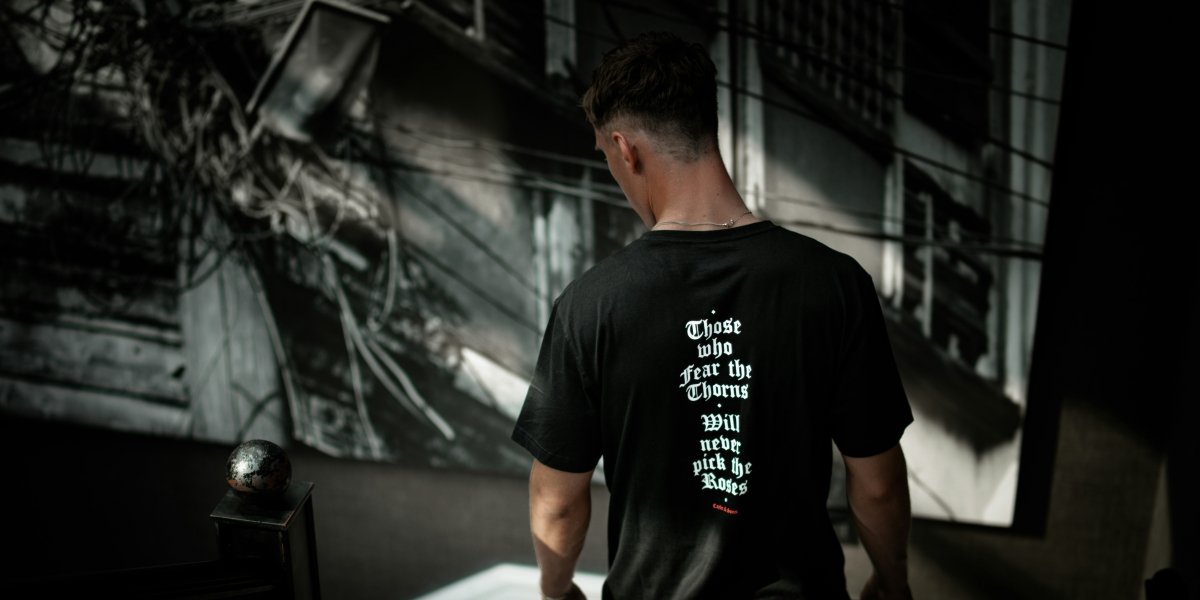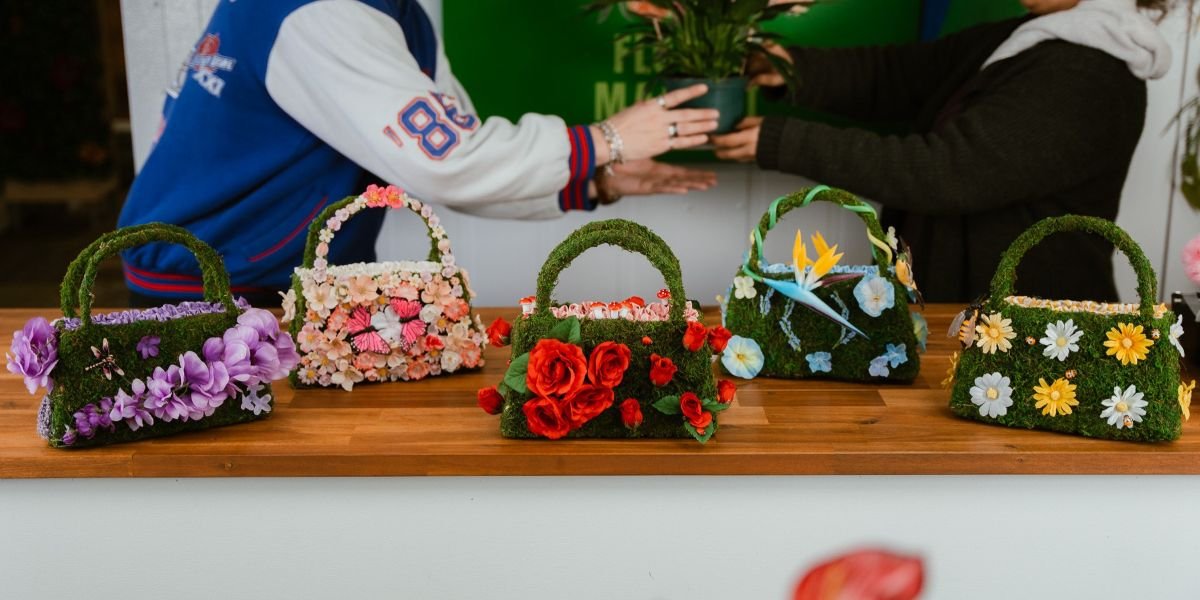Modeling is a vast and diverse industry with various fields that cater to different looks, talents, and market demands. Whether you’re drawn to the glamour of runway shows or the versatility of commercial shoots, knowing the differences between the various types of modeling can help you determine which path is best suited for your strengths and goals. But what are the main types of modeling, and what skills are required for each?
What Is Fashion and Runway Modeling?
One of the most recognizable fields in the modeling industry is fashion and runway modeling. This is the type of modeling most often associated with high-end fashion brands and designers. Runway models are typically hired to showcase clothing during fashion shows, where they walk down the runway displaying new collections. It’s a field that demands a strong sense of poise and confidence, as well as an understanding of how to carry oneself in designer garments.
Fashion modeling isn’t limited to the runway, though. It also includes working for fashion magazines, advertisements, and lookbooks. Models in this field are often expected to have specific body proportions, as fashion houses tend to follow industry standards for size and height. However, these standards are gradually evolving, with increasing diversity in body types and ethnic backgrounds being celebrated by modern designers.
Runway models must not only have the right look but also master the art of walking the runway. A strong runway walk exudes confidence, and models are often trained to adapt their walk to match the style of the clothing they are presenting. Whether it’s haute couture or ready-to-wear, runway modeling requires discipline and practice to meet the high demands of the fashion world.
How Does Commercial and Editorial Modeling Differ?
While fashion modeling often focuses on a specific body type and aesthetic, commercial modeling is much more inclusive. Commercial models appear in everyday ads for products, ranging from clothing to household items. The goal of commercial modeling is to connect with a broad audience, which means that there is room for a wide range of looks, ages, and body types.
Commercial modeling isn’t as focused on the traditional “model look” but instead seeks relatability. Whether it’s a billboard, a television ad, or an online campaign, commercial models help brands connect with the general public. A smile, a friendly face, or even just the ability to look natural on camera can be far more important in this field than fitting specific physical standards. This makes commercial modeling one of the most accessible and flexible types of modeling.
On the other hand, editorial modeling takes a more artistic approach. Editorial models are typically featured in high-end fashion magazines and are hired to create visually striking, often story-driven, photo spreads. Editorial work is about telling a narrative through the photographs, and models in this field are often required to be expressive, creative, and adaptable to different themes and concepts.
Editorial shoots may involve wearing avant-garde fashion or taking part in complex, artistic setups. Because of the emphasis on aesthetics and creativity, models need to be comfortable experimenting with poses, expressions, and movements. Editorial models are often scouted for their unique looks or strong visual appeal, as these shoots tend to push the boundaries of traditional beauty standards.
What Opportunities Exist in Plus-Size and Niche Modeling?
The demand for plus-size modeling has increased significantly in recent years as the fashion industry has moved toward embracing diversity and body positivity. Plus-size models typically represent brands that cater to a wider range of body sizes, and they are often featured in both fashion and commercial modeling. This field offers an opportunity for models who don’t fit into the traditional sizing standards to find a successful career.
Plus-size models must have the same professionalism, confidence, and understanding of the industry as any other model. They work in campaigns, catalogs, and even high-fashion shoots, with many top brands now featuring plus-size models on the runway and in magazine spreads. What sets plus-size modeling apart is its role in breaking down the outdated notions of beauty and redefining what it means to be a model in today’s world.
In addition to plus-size modeling, there are also niche areas of the industry that cater to specific markets. For instance, fitness modeling highlights individuals with athletic physiques, and these models often appear in sports magazines, fitness campaigns, or health-related advertisements. Likewise, mature modeling is another growing field, showcasing older models in campaigns that appeal to older demographics. With age becoming less of a barrier in fashion and advertising, models of all ages are finding opportunities in this niche.
Another niche area is hand and foot modeling, where individuals with well-groomed and aesthetically pleasing hands or feet are hired for close-up shoots. These models are often featured in commercials for jewelry, shoes, or nail care products. While this may seem like a very specialized form of modeling, it requires the same level of professionalism and care as any other type.
The world of modeling offers a wide array of opportunities for people with different looks, skills, and aspirations. From the high-energy atmosphere of runway modeling to the everyday relatability of commercial shoots, each type of modeling requires a unique set of abilities. Understanding the differences between fashion, commercial, editorial, plus-size, and niche modeling can help aspiring models find their place in the industry. Whether you’re aiming for the pages of high-fashion magazines or commercial advertisements, mastering the skills needed for your chosen path is the first step toward a successful career in modeling.









